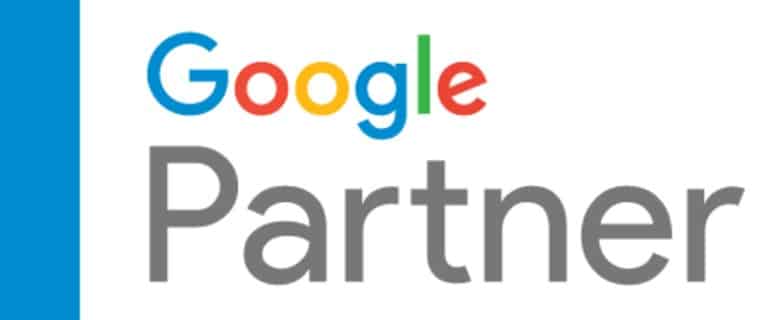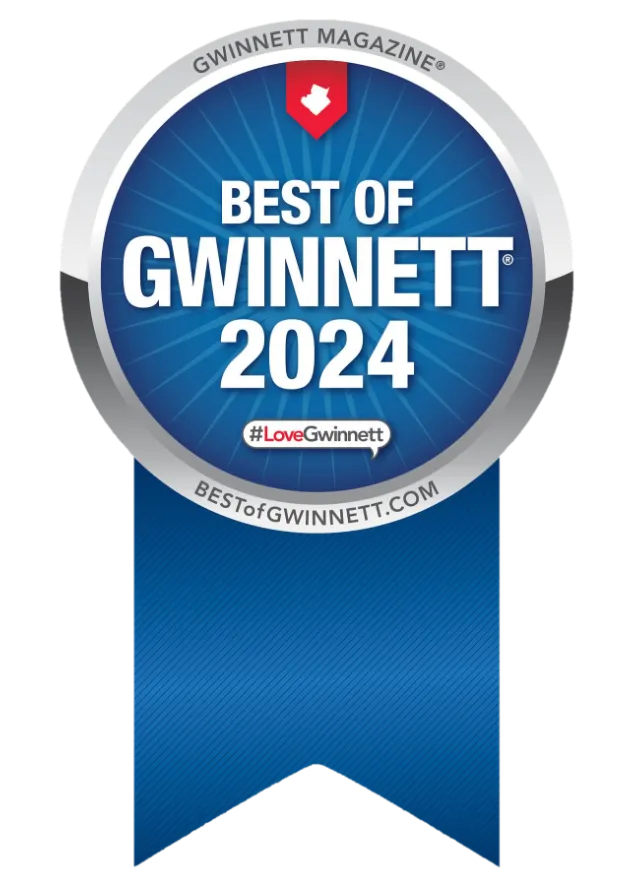Ways To Identify Your Target Audience
One of the biggest mistakes we see in digital marketing is that people take a shotgun to sniper school.
Far too often, when we ask someone, “Who is your target market?”, we get a complicated answer that means, “I have no idea.”
As a small or medium-sized business owner, you know that identifying your target audience is key to success. But how do you go about doing that?
There are a variety of ways to find out who your customers are, and we’ll explore five of them.
What exactly is a target audience?
To start, let’s look at what a target audience actually is.
A target audience is a group of individuals that share common characteristics, such as age, location, gender, interests, or income.
When you know who your target audience is, you can create marketing and advertising campaigns that are more likely to resonate with them. As a result, you’ll see better results in terms of leads and conversions.
Before we look at the ways in which you can identify your audiences, let’s take a look at why it’s important that you do so in the first case.
Why it’s important to identify your target audience
As a business owner, you may know that you should understand who your ideal customer is. Do you really know why this is so important though? Let’s take a look at a few key reasons.
When you know who your target audience is, you can:
1. Create content that is relevant to them
If you know what your target audience wants to read about, you can create blog posts, social media posts, and even ebooks that are tailored to their interests. This will help you attract more readers and followers, as well as convert leads into customers.
It’s all about relevancy. For example, if you know that a large portion of your target audience spends time hiking, you may want to craft messaging that speaks to ‘What hiking gear will you need this summer?”, or ‘Top ten hikes in XXXXX’.
2. Speak their language
By understanding your target audience, you can also understand the way they speak. This means using the same terminology they use when talking about their problems and the solutions they are looking for.
When you do this, you will come across as more relatable and trustworthy, which will make it more likely that they will do business with you. You have to be relatable to your audience.
3. Find out where they hang out online
If you know where your target audience congregates online, you can make sure that your content is being seen by them. For example, if you know that your target audience is active on Instagram, you can focus your social media efforts on that platform.
Or, if you know that they are active in certain online forums or groups, you can participate in those so that you can reach out to them directly. It’s critical that you have a presence where your target audience is most active.
4. Appeal to their emotions
When you understand what motivates your target audience, you can craft messages that appeal to their emotions. This could be something as simple as using images and language that evoke positive feelings like happiness or excitement.
When you do this, you will be more likely to capture their attention and interest.
5. Offer them solutions by truly understanding them
Finally, by understanding your target audience, you can offer them solutions to the problems they are facing. These are called pain points, and if you are able to solve these, you may have a customer for life. This could be in the form of blog posts, ebooks, or even courses and products. By offering them value, you will increase the chances that they will do business with you.
Understanding who your audience is
Now that we’ve looked at why it’s important to identify your target audiences, let’s take a look at five ways you can do so.
Look at your existing customer base and analyze it
If you already have customers, then they are a good place to start when trying to identify your target audience. Look at who your best customers are and try to identify any patterns.
What do they have in common? Where do they live? What age group are they in? What is their job title or industry? By answering these questions, you will start to get a better idea of who your target audience is. You can also use tools like Google Analytics to help you with this. Look at the demographics of your website visitors and see if you can identify any patterns.
If you are starting up a new business, it may not be as simple but you can still get a very clear picture of who your target audience will be. This is where in-depth market research and competitor analysis come in.
Take a close look at the various nuances in the market, identifying who those customers are and what pain points they have. Then, consider your competitors – who are they targeting and why?
Here’s where to start gaining some insight into your target market:
Analyze Your Competitors In Detail
As we just mentioned, one of the best ways to identify your target audience is to take a look at your competitors. See who they are targeting and why. This will give you some valuable insights that you can use to fine-tune your own target audience.
To do this, start by looking at their website and social media platforms. Who are they talking to? What kind of language are they using? What kind of content are they sharing? All of these factors will give you an idea of their target audience.
Closely study the journey that each of these competitors has been on. Where did they succeed, where did they fail, and what lessons can you learn to fast-track the success of your business? Then, consider what is happening in global markets, especially those that are more established. What are your peers doing in their respective sectors that you can learn from? Who are their target audiences?
There is no need to reinvent the wheel if all the learnings are there for you to pick from.
Define Who Your Target Audience Isn’t
Okay, so you’ve come here to find out who your target audience is. But, it’s equally to understand who they are not. This will help you to focus your efforts on those who are actually going to be interested in your products or services.
One of our staff members worked for two years as a hospital administrator at a local 120-bed community hospital in Atlanta. He recalls the day the CEO made it clear that they would not EVER focus on OB-GYN. Why? Simple. From a profit and loss standpoint, delivering babies was not deemed profitable. Let the other hospitals take that hit while we focus on more profitable services.
One way of figuring out who your customer isn’t is by creating buyer personas. This involves coming up with fictional characters that represent your ideal customer. Give them a name, age, job title, interests, and anything else that you think would be relevant. Then, start to build up a picture of their life and how they would interact with your business. This way, you’ll quickly get an understanding of who doesn’t fit into that bucket.
What objections might they have? What kind of messaging would resonate with them? By doing this, you will get a much clearer idea of who you should be targeting and how you should be talking to them.
Use Market Segmentation
Market segmentation is the process of dividing a market up into different groups, based on shared characteristics. This is often used by businesses to target specific groups of people that they think will be interested in their products or services.
There are many different ways that you can segment a market. Some common methods include using demographics (age, gender, location, etc.), behavioral factors (loyalty, spending habits, etc.), or psychographic factors (lifestyle, values, attitude, etc.).
Once you have segmented the market, you can then start to focus on specific target audiences. This will allow you to create more targeted marketing campaigns that are more likely to resonate with those individuals.
Use Social Media Analytics
Social media is a powerful tool that can be used to reach out to potential customers. Not only can you use it to share your message, but you can also use it to gather valuable insights about your target audience.
Most social media platforms have some form of analytics built in. This allows you to see who is engaging with your content, what kind of content they are sharing, and where they are located. You can also use this data to create more targeted campaigns that are more likely to reach your target audience.
There are also a number of third-party tools that you can use to get even more insights into your social media data. These tools can help you to better understand your target audience and how to reach them.
Review Your Past Customers
You might have heard the saying that “the best predictor of future behavior is past behavior”. Knowing who you’ve done business with in the past is a pretty telling sign of what type of business you’ll be working with in the future.
Survey the last 50 or 100 customers you’ve worked with and begin building a profile or buyer persona around this information. Look for similarities, categories, etc. Find any data points that help you better understand who you’ve been working with including both the best and worst types of customers you’ve served.
Bounce Ideas Off Some Professionals
If you need to identify your target audience for your business and are looking for digital marketing services then it’s a good idea to talk to some people who live in this space.
There are plenty of marketing professionals out there- some work specifically in your niche while other agencies are more generalists. There are pros and cons to talking to either. The generalists can bring lessons learned from other industries over to yours.
Everyone knows that all marketing results are unknowable in advance. If you’re interested in investing in search engine optimization, Google Ads, email marketing or other digital marketing, just make sure you do some homework so that you craft a message that fits your target audience so that you do all you can to even the odds in your favor. Good marketing should pay for itself.
If you’d like to chat about your digital marketing, call a friendly member of the team on 678-325-4007 or send us your details here and we’ll reach out to chat about your marketing needs.



